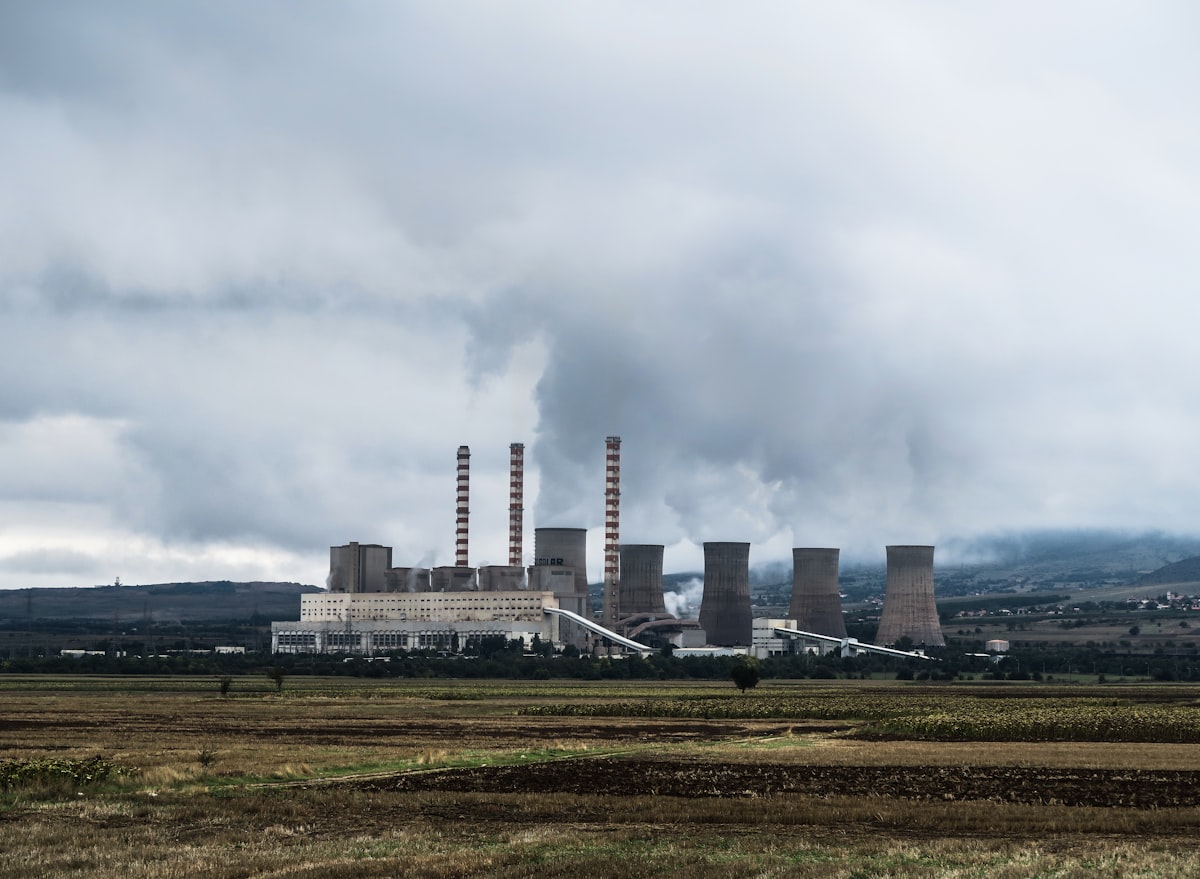Power crises renew South Africa’s clean energy ambitions
SA's economy suffers from a crippling outage crisis, with businesses and citizens enduring 12-hour blackouts daily.

Rolling power cuts have brought Africa’s most industrialized economy, South Africa, to the brink of a full-scale energy crisis.
Blighted by the dark since 2008 with no signs of reprieve, the country is fast-tracking its adoption of renewable energy to survive the times.
In the first six months of 2023, SA imported $900 million worth of solar panels, lithium-ion batteries, and inverters, a meteoric jump from the $345 million record for 2022.
Imports for the first three quarters amounted to $200 million, $451 million, and $248 million, respectively. Total imports are equivalent to 1.5 gigawatts of panel capacity shipped in.
Some of the country’s biggest banks, including FirstRand, Absa Group, Nedbank, and Standard Bank, have played a part in the surge. Since the beginning of the year, they have been opening up financing options to entities working towards going green.
Standard Bank of South Africa (SBK) is presently creating a $1 billion fund to support the shift towards renewable energy, with $250 million worth of major support from the International Finance Corporation (IFC).
Absa partnered with global solar leaser Sun Exchange in September to fund solar plants for Bizweni Campus, a non-profit organization offering essential services to children and adults with disabilities.
Extralocal facilities have also joined the support system. The African Development Bank (AfDB) just approved $300 million to advance South Africa’s clean energy transition. In October, the World Bank granted a $1 billion loan for the same cause.
These corporate undertakings, combined with rejuvenated initiative from government, have cast a promising light on private power generation. Thanks in part to this, the International Monetary Fund (IMF) forecasts the South African economy to grow by 1.9 percent in 2024, up from 0.9 percent in 2023.
SA’s aging, state-owned power grid, under the auspices of Eskom, has been struggling to keep up with energy demand, no thanks to its coal-fueled power stations. In 2022 alone, there were 3,773 hours of load-shedding, the worst year of load-shedding in the country’s century-old history.
While only 11 percent of the country’s power is currently generated from renewables, the government has begun seeking clean energy contract tenders to ultimately reduce the strain on Eskom.
The Cyril Ramaphosa-led administration recently abolished the policy that mandates companies to obtain licensing before they can independently generate power.
As a result, 1,650 megawatts worth of renewable projects were registered last year alone. Between March 2022 and August 2023, the base of installed solar uncontracted to Eskom or government initiatives went from 981 to 4,740 megawatts.
Local ventures, taking cognizance of the trend, are gradually moving away from the grid. After all, the price of renewables has been decreasing in the last decade. For example, the cost of solar has reduced by up to 80 percent since 2010.
Pan African Resources Plc., a mid-tier gold mining firm, has transitioned to solar. The miner tapped renewables developer JUWI South Africa to build an $8.13 million, 10-megawatt solar farm to power its extracting plant. Based east of Johannesburg, the plant now meets a third of its power needs with solar and is expected to save the business $1.9 million yearly.
Shoprite, one of the country’s largest retail chains and biggest private employers, revealed its outlets and warehouses are running out of rooftop space for solar panels. The business already generates 26 megawatts of solar energy but plans to buy more to augment supply.
Mobile operators like MTN, Vodacom, and state-owned Telkom have also been spending heavily to ensure their phone networks remain active throughout blackouts. They are increasingly investing in solar panels and backup batteries while trying out wind turbines.
South Africa’s electricity crisis, which puts citizens in the dark for up to 12 hours daily, has had ripple effects on the country’s economy. Per its central bank, it costs the country up to $50 million per day and would shave two percentage points off its economic growth this year.
Though it has been on the leading side of the continent’s green energy strides, the market seems more bullish than ever to scale adoption.






